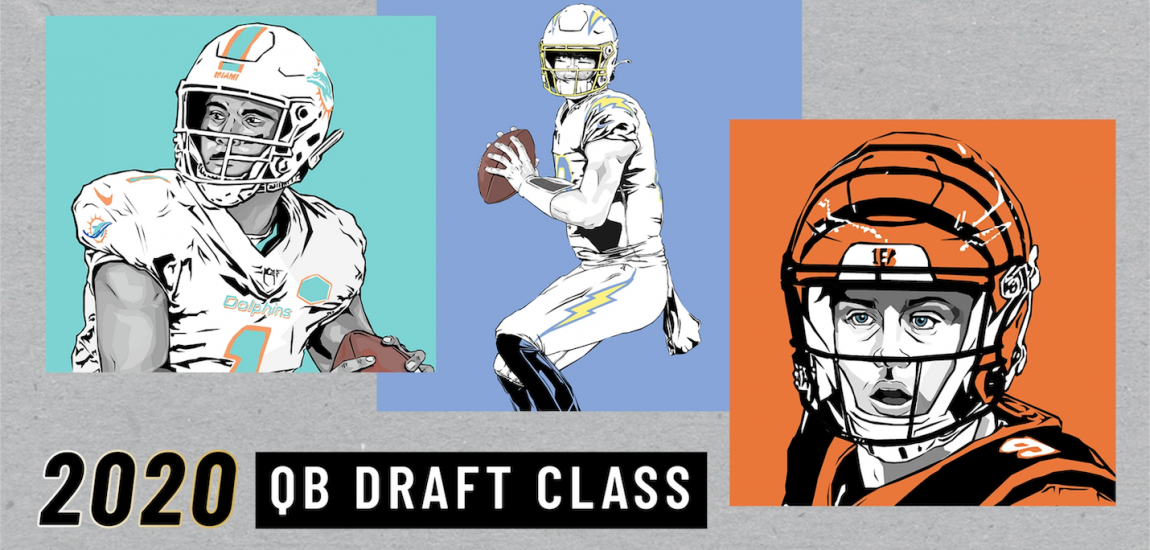The Sept. 16th cover of Time magazine features Texas A&M quarterback Johnny Manziel behind the headline "Time to Pay College Athletes." The article by Sean Gregory explores the explosive growth in college athletic revenues and proposes that athletes in major sports at major university be paid $30,000 a year. The current system is seriously antiquated and in need of reform and the whole concept of amateurism needs revisiting.

Had a modern day Rip Van Winkle gone to sleep in 1975, the year I began representing college players entering professional sports, and awakened today, he would simply not recognize the landscape surrounding college sports. A dramatic division of "have" and "have-not" programs has occurred.
Top-level universities with successful football and basketball programs have undergone exponential growth in revenue. College football now tracks as the second most popular American spectator sport behind the NFL. This has escalated television revenue wildly. The Pac-12 recently signed a 12-year, three-billiondollar television contract. I have written in previous columns of the unprecedented growth in college football and basketball contracts.
Television revenue is just the beginning of the cornucopia. Gate revenue and luxury box revenue combines with sponsorship dollars, social media projects, merchandising and memorabilia. Universities benefit. According to the USA Today, the University of Texas made $77.9 million in profit from its football program last year and the University of Michigan made $61.6 million. Television networks benefit, so do concessionaires, vendors, ticket brokers, local business, companies that produce branded products. And that leaves the athletes.
Certainly a scholarship has value, but graduation rates are abysmal. The NFL forces football players to remain on a campus three years after high school, the NBA, one year. So many of these student athletes are not on a campus because of their avid interest in education or college sports. Their scholarships can leave them at lower standards of living than their non-athletic peers. Many students receive allowances from their parents. Or they can work to supplement their income -- a difficult prospect for an athlete. Sports like football require extensive off-season training regimens. An athlete from a disadvantaged background has money needs the scholarship does not meet.
We currently have a system with athletes feeling exploited. They see their jersey sold in the student store, their likeness on a video game and do not share in the revenue. So they see no moral issue in taking money from agents or alums.
The major revenue schools are on the verge of breaking away into their own super division, which will do even better economically.
It is time to establish a system that supplements the income of athletes in major sports at major universities. There are Title IX challenges and many hurdles to overcome. The compensation for college football coaches has jumped 70 percent since 2006. Creative minds can construct a way so that the athletes who are the attraction are not left so far behind.
-- Leigh Steinberg has represented many of the most successful athletes and coaches in football, basketball, baseball, hockey, boxing and golf, including the first overall pick in the NFL draft an unprecedented eight times, among more than 60 first-round selections. His clients have included Hall of Fame quarterbacks Steve Young, Troy Aikman and Warren Moon, and he served as the inspiration for the movie "Jerry Maguire." Follow him on Twitter @SteinbergSports.




